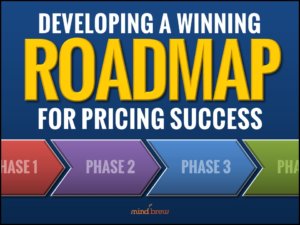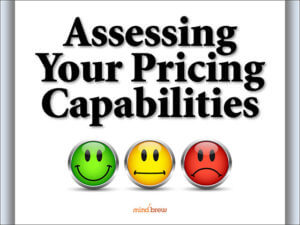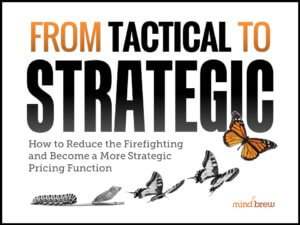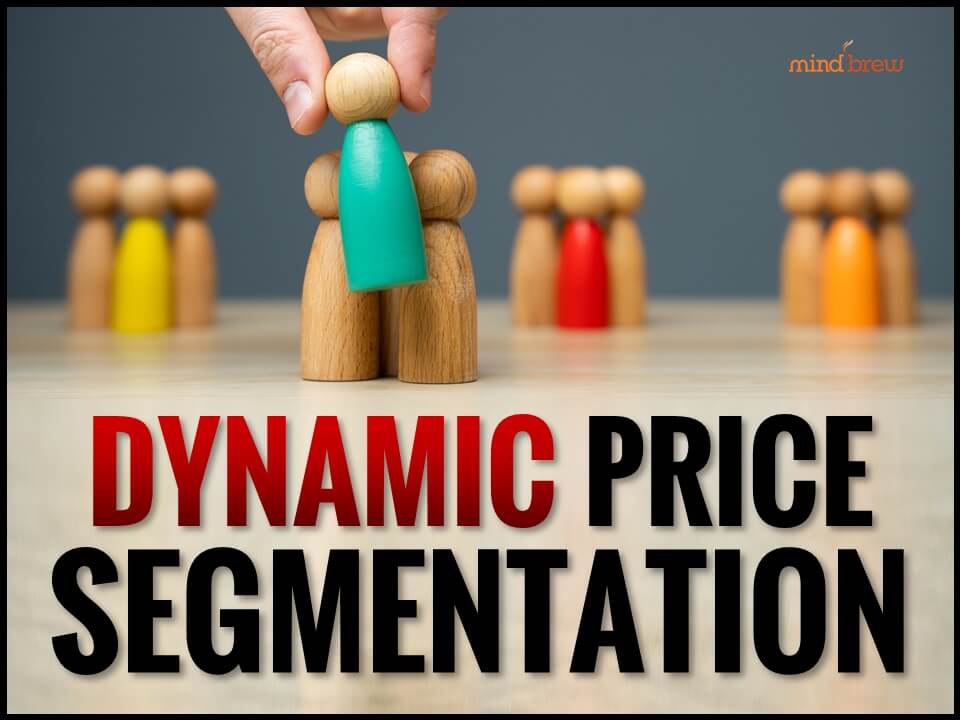In our research calls, some top executives will be quite forthright about expressing their frustration with their company’s Pricing function.
They’ll assert that they believe the function itself to be well-staffed and adequately provisioned. And they’ll even admit that everyone on the team does seem to be capable, diligent, and very busy.
But then they’ll say that they’re frustrated because the Pricing function they’ve been investing in for a long time…sometimes years…doesn’t seem to be producing much in terms of performance gains and improved results.
So what gives? What’s going on? Where’s the disconnect?
Of course, there are a lot of different possibilities, depending on specifics of the situation. That being said, however, it’s amazing just how often this one very simple and seemingly glib explanation actually applies:
In far too many cases, Pricing functions are not producing improved results simply because they’re not really trying to produce improved results.
Oh, they’re doing a lot of things, to be sure. They’re putting out fires and cleaning up messes. They’re generating reports and responding to ad-hoc requests and demands. They’re moving data between various systems and making sure everything’s where it’s supposed to be and everything’s up-to-date. They’re enforcing policies, managing processes, wrangling outliers, and so on.
In essence, these teams are very busy supporting the status quo.
Of course, it’s almost axiomatic that supporting the status quo is bound to produce the same results tomorrow and the next day as it did yesterday and the day before. And even though most of these groups are likely pursuing improvements, their efforts are often aimed at just making the status quo a little more efficient.
Simply put, these teams are focused on “doing the same things better” instead of “doing better things.”
And as we’ve highlighted many times over the years, just doing all the same things a little better and a little more efficiently will never…and can never…produce the scale of performance gains and improved results that are possible by doing fundamentally better things and becoming more effective.
Now, why are these groups focusing on things that really can’t move the needle and generate significant performance gains and improved results?
Based on my experiences, I believe it’s because they just don’t know what they don’t know.
They don’t know what “best practice” looks like and how their current capabilities stack up. They don’t know that there’s a huge difference between efficiency and effectiveness; between tactical and strategic. They don’t know what kinds of gains are achievable and what they should be shooting for. They don’t know that there are likely many “better things” they could and should be doing with their limited time and resources.
And these Pricing teams aren’t the only ones in the dark.
The company executives who are expressing their frustrations with the apparent lack of results clearly don’t know any of this stuff, either. Because if they did, they wouldn’t just be complaining or scratching their heads; they’d be setting different objectives, promoting different initiatives, communicating different expectations, and so on.
So how do we fix this? How do we raise awareness of these things? How do we close these knowledge gaps?
In general, I believe that education is the answer. That’s one of the reasons I co-founded the PricingBrew Journal a decade ago. After all, people can’t know what they don’t know until things are brought to their attention and they’re exposed to the most important concepts, ideas, and practices.
That said, we recognize that we can only beat the drum…we can’t force people to listen. So thank you for listening!
















